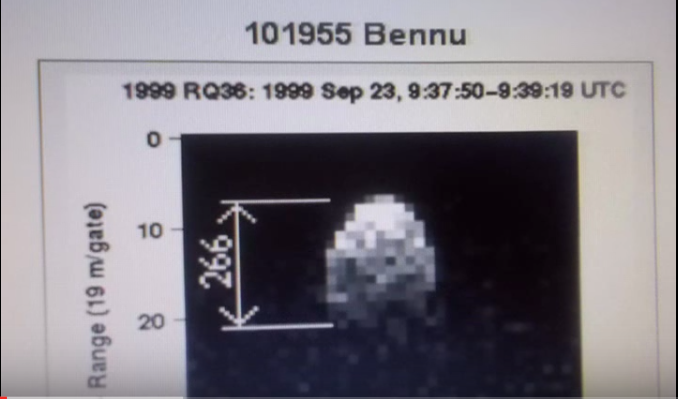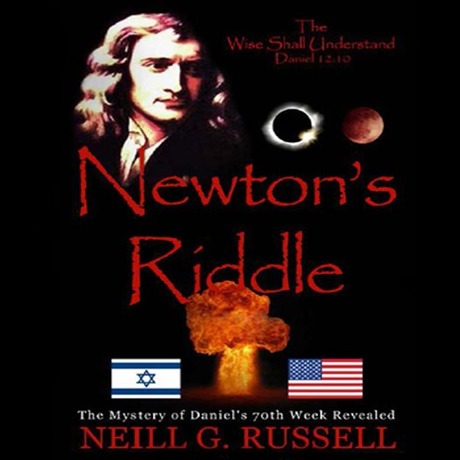Post-man написал(а):В то время как тут идет спор по-поводу размеров метеорита и следующих из этого угроз, я напомню, что поражающая сила зависит не только от размера "снаряда".
Я вообще не собирался обсуждать какой ущерб ,астероидом какого размера,может быть нанесен гипотетически. Я говорил о коде 239-923 в истории с Челябинским метеоритом,и как ,даже такой маленький метеорит(если это и был таковой) был замечен и разрушен в воздухе.
New telescope technology (CCDs) emerging around 1990 increased the discovery rate of all asteroids and confirmed the above theory on the abundance of asteroids (based on solid statistical sampling rates). In fact, the latest estimates project that there are about 300,000 near-Earth asteroids over 100 meters in diameter. Approximately 1000 near Earth asteroids of size 1 kilometer in diameter have already been found, though the total is not expected to be more than 20% over this amount.
Smaller asteroids are much more difficult to detect. The cutoff size of what could cause major damage to Earth, such as a tsunami or an airburst, is difficult to state because it depends upon what the asteroid is made of, e.g., a metal asteroid vs. a soft one. Some sources put it at about 150 meters. A 10 meter asteroid can produce an explosion with approximately the same power as the nuclear bomb at Hiroshima, but that would occur very high in the atmosphere where it would be harmless.
If a hard asteroid of size 200 meters hit the ocean (which covers 70% of the Earth), the tsunami (i.e., giant wave) it would create would inflict catastrophic destruction of coastal cities and substantial worldwide human casualties along coastlines. If an asteroid of size 1 kilometer hit Earth, it would cause a dust cloud which would block out sunlight for at least a year and lead to a deep worldwide winter, exhausting food supplies. The latter is what caused the dinosaur extinction, as well as other major extinctions of smaller creatures in geologic time scales. The 200 meter asteroid hits, which are far more common than the 1 km+ hits, wouldn't show up much in geologic histories on a global scale.
In the general press, too much emphasis is put on the big, 1 km size asteroids like the one that killed off the dinosaurs, which are unlikely to hit Earth for hundreds of thousands of years, if not millions of years. Too little coverage is given on the small asteroids which could cause terrible local destruction (e.g., to nearby coastal cities) but little worldwide impact, and which probably hit once per few hundred years. Our best telescopes can hardly see the 100 meter asteroids because they're so small, and many are dark.
http://www.permanent.com/asteroids-impa … h-neo.html








